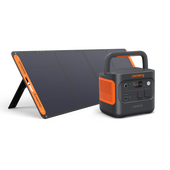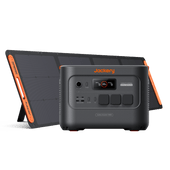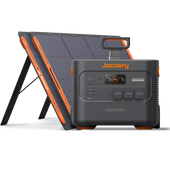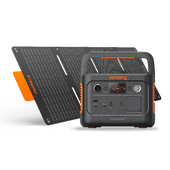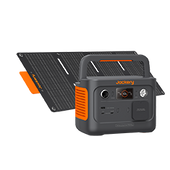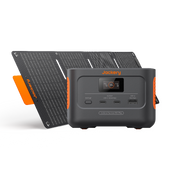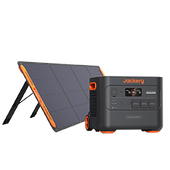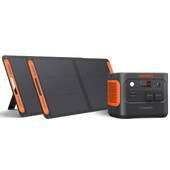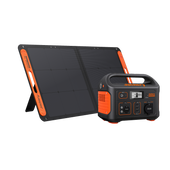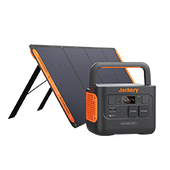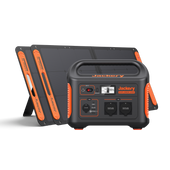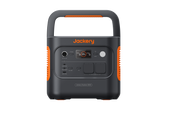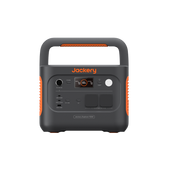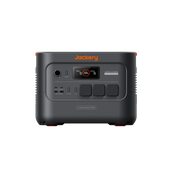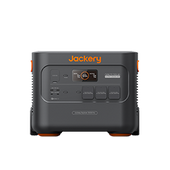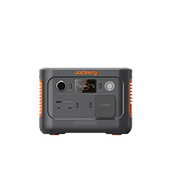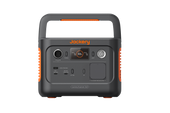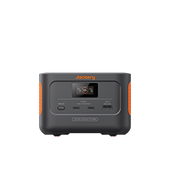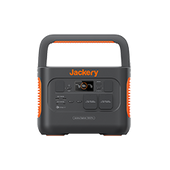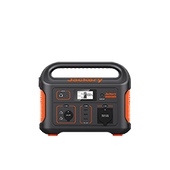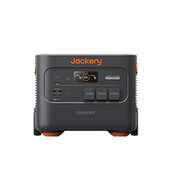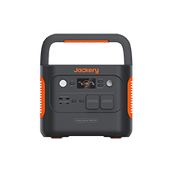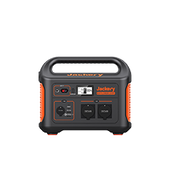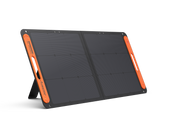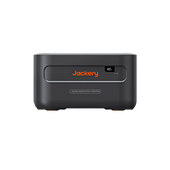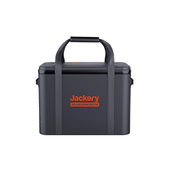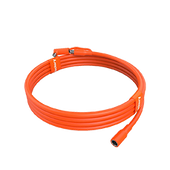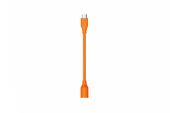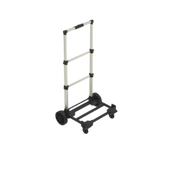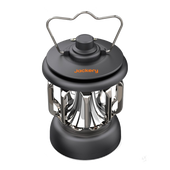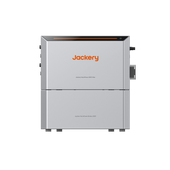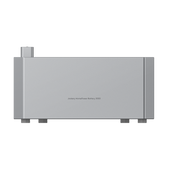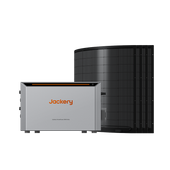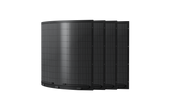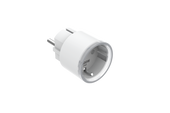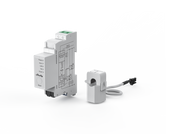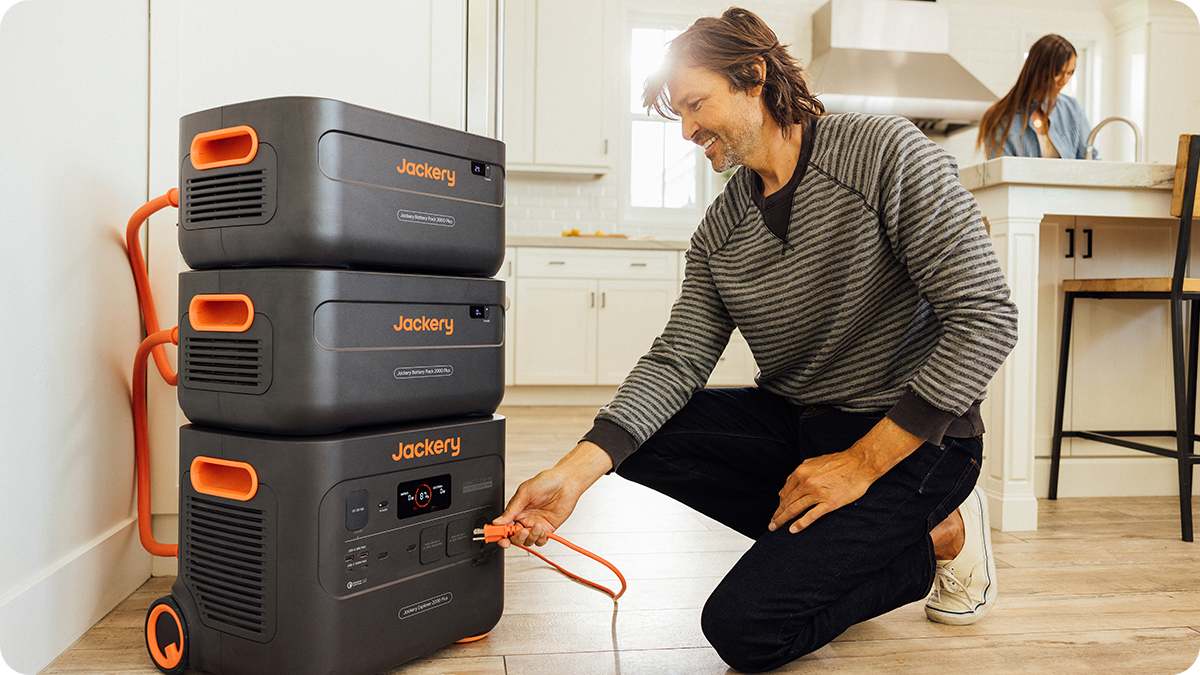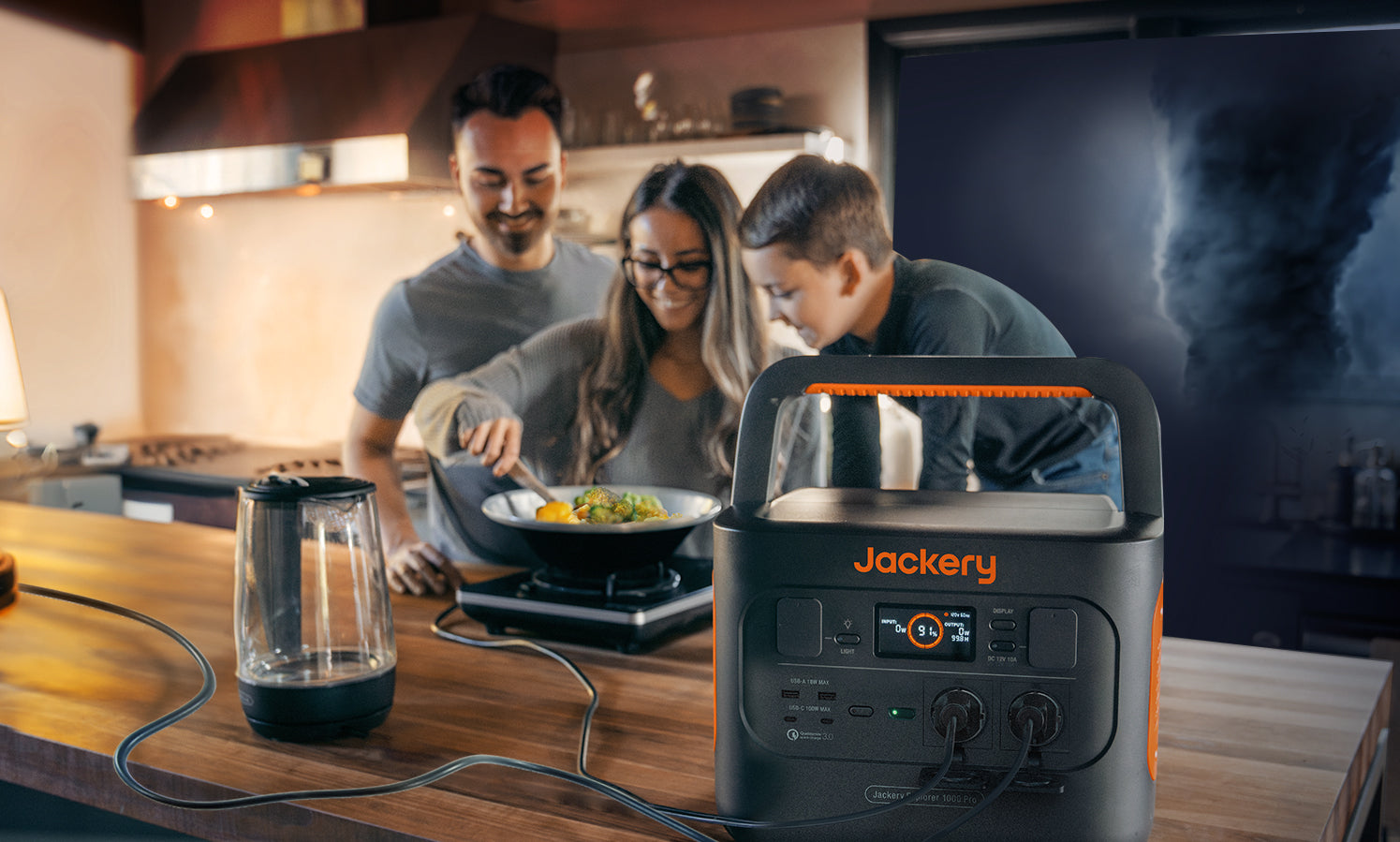Understanding the Role of Battery Backup in Modern Households
Household Battery Backup Systems and Their Critical Importance
Household battery backup system solution charges electricity to be used later and is mainly intended for use in a backup of household power during power outages or peak time for energy usage. At the heart of these systems are advanced battery chemistries, like lithium-ion (Li-ion), lithium iron phosphate (LiFePO4), or emerging solid-state technologies, for reasons of high energy, efficiency, and service life. These tend to be linked to renewable energy sources such as solar energy. Thus, homes can use surplus energy gained during the day and at night or during grid outages.
Significantly, modern batteries paired with smart inverters and energy management software enable users to allocate critical load, monitor patterns of use, and participate in energy arbitrage schemes. Germans also use battery systems alongside rooftop solar, as many households use them to cut reliance on the grid to reap the benefits of feed-in tariffs. Battery backup systems further contribute to reducing peak-hour energy costs by discharging stored power during high price intervals. In addition to providing automatic demand response, they also play critical roles in helping to maintain grid stability, with characteristics such as frequency regulation and load shifting, all of which are essential to achieving energy-efficient European homes.
Scenarios Highlighting the Necessity of Battery Backup Systems
The most crucial battery backup systems are those that will work in the case of a power outage, especially in areas with ageing grids or extreme weather. So it is that Italy's mountainous areas are routinely brought to their knees by winter storms, disrupting not only the nation's mountains but also the grid and, thus, the heating and refrigeration, which count on robust backup solutions. Where grid extensions in remote or off-grid locations are too expensive or difficult to transport, battery systems deployed alongside renewables make for smart solutions.
Urban households are using battery systems for microgrid setups to maintain local energy resilience in the event of grid blackouts from overloads. More importantly, these systems do an outstanding job of load islanding, the ability of the backup to isolate the home from the grid in the face of faults so as to keep power to medical equipment or IT servers that we require power to. Battery backups are also filling a new role as electric vehicles (EVs) continue to grow in popularity because vehicle-to-home (V2H) systems allow EV batteries to act as temporary backup power sources. In the Netherlands, such integration has been piloted, with EV owners sustaining their homes under grid downtimes. These are some of the use cases that explain why a battery backup like power station is becoming a necessity for both urban and rural housing in Europe.
Challenges with Traditional Backup Solutions and Grid Dependency
Traditional backup solutions using diesel generators are fraught with challenges–in particular, with respect to their sustainability and operational efficiency. However, such massive greenhouse gas emissions from diesel generators clash with Europe's ambitious climate goals, including the EU’s call for net zero emissions by 2050.[1] They are notorious for noise pollution and suffer from constant maintenance to avoid mechanical failures, especially during long outages. Increasingly precarious is relying on the grid alone. While Europe has made good progress with building out its own power grids to become more energy-efficient, it is constrained by the need to integrate intermittent renewable sources and electrification demands from EVs.
With this grid dependency, households become more vulnerable when, during peak demand or time of grid instability caused by cyberattacks, rolling blackouts have been experienced in several high-profile cases within the past decade. Moreover, traditional solutions lack the flexibility of battery systems. For instance, diesel generators cannot dynamically respond to changing load requirements or participate in grid services, including voltage support. These problems are solved by battery backup systems that provide clean, silent, and modular solutions, scaling down to meet individual household needs and reduce long-term operational costs.
Exploring Solar Energy as a Household Power Solution
Advantages of Using Solar Energy for Household Backup
Solar energy provides clean, renewable, low-cost domestic electricity with huge environmental advantages. It uses silicon semiconductors to turn sunlight into energy via the photovoltaic effect. Solar energy is sustainable since it's never limited and replenished everyday during several hours cycle. Households can save a lot on electricity bills with time. To illustrate, the average household using a 4 kW solar panel system can save around €660 a year on energy spending.[2]
In addition, countries such as Germany and Spain that seek to promote residential solar adoption make it more attractive in terms of upfront investment. Solar energy is environmentally friendly since it reduces greenhouse gas emissions. Power generated by 1 kWh of solar reduces corresponding coal-based 0.8 kg of CO₂ emission. Furthermore, more advanced storage solutions such as lithium-ion batteries keep excess solar energy generated during the day stored and used at night, thus reducing dependency on the grid. Modern solar panels require relatively little maintenance and will last over 25 years, with a significant percentage of initial efficiency.[3]
Brief Comparison with Other Energy Sources like Fossil Fuels
Solar energy is vastly different from fossil fuels when you look at the two in comparison to household power. Natural gas and coal, fossil fuels, are highly efficient at generating the same steady power but at a very high environmental cost. Exhausted by our burning fossil fuels, nitrogen oxides, sulfur dioxide, and carbon dioxide are released into air pollution and climate change, unlike solar energy, which is clean and produces no emissions in operation. Fossil fuel prices are volatile, a function of costs and geopolitics from a cost perspective.
However, in the last decade, advancements in panel manufacturing and economies of scale have brought down the costs of solar energy by 80% or more.[4] Moreover, fossil fuel power plants are frequently coupled with centralized grids, with transmission losses of approximately 6%.[5] Generated on-site, solar energy eliminates these inefficiencies. But solar energy, unfortunately, is hindered in places that receive low levels of sunlight or long periods of overcast weather, very easily dealt with, of course, by fossil fuels. However, as hybrid systems integrate solar with other renewable sources or backup for the grid, these limitations are clearly disappearing.
Key Considerations: Sunlight Availability, Installation Costs, and Efficiency
Solar energy makes the most sense for households throughout Europe for obvious reasons, but there is a lot of variability in sunlight availability. For instance, southern Europe, with richer solar irradiance, harvests a lot more energy than northern areas, such as Scandinavia. However, panels perform best at an incline that is suited to the latitude, usually 30°-35° in most of Europe.[6] Still, a consideration for most is the installation cost, which includes the panel, inverter, mounting system, and labour. Assuming you install a 5 kWp system in Europe, you might calculate that an average cost for the installation would be €10,000 to €15,000, depending on whether or not you get subsidies/tax incentives for the installation in the country.
It also depends on efficiency. Modern monocrystalline panels are up to 23% efficient, whereas polycrystalline is slightly less efficient at up to 20%.[7] What is more, there are also advanced technologies, including bifacial panels (which have the ability to increase energy yields). High-quality installations require the performance ratio (PR), a measure of system efficiency, to be greater. Last but not least, shading from trees or buildings decreases efficiency and should be carefully studied in terms of system design for maximum energy capture.

Jackery Solar Generator 2000 Pro for Your Backup Needs
While Europe is experiencing a renewable surge, the Jackery Solar Generator 2000 Pro is a robust and reliable solution for household backup needs, putting together cutting-edge battery technology and clean solar for unparalleled reliability and versatility. It has a massive energy capacity of 2,160Wh and provides up to 2,200W inverter (4,400W surge) that can power anything, from refrigerators and microwaves to high-demand tools like electric pressure cookers and induction cooktops, so it remains functional for outages or off-grid situations. To ensure maximum safety and performance, we optimized the system with dual battery protection chips and four temperature sensors while supplying capacity that lasts 1,000 cycles to 80%+ capacity. Likewise, it charges awfully fast, at full capacity in two hours from an AC wall outlet or two and a half hours using six Jackery SolarSaga 200W Solar Panels for an emergency power supply.
Its Li-ion battery chemistry supplies stable energy storage while BMS features over-voltage, short circuit, and thermal protection for durability and reliability improvement. With IP67-rated solar panels for home, they bear harsh outdoor conditions, including wet environments. Its portability is unmatched at 43 lb (19.5 kg) with a foldable handle for mobility. In real-life functionality, the generator enables the 1,150W portable air conditioner for 2 hours or the 2,300W induction cooker for 2.3 hours. Our latest MPPT controller goes the extra mile and provides high efficiency in solar input in low light. Joining solar energy with our solar-powered generator not only breaks the chain of stranded power from the utility grid but also supports living greener, which is practical and exactly what European homes need in order to be prepared for energy uncertainties.

Challenges and Considerations of Solar Energy for Backup Systems
Challenges of Solar Energy for Household Backup Systems in Europe
A huge obstacle for backup solar power for home systems has been fronting the outlay. Even as their prices have come down since a decade ago, contemporary PV panels still demand a significant investment. At the same time, high-efficiency panels like monocrystalline silicon variants can run up to €450 per square meter without installation and wiring. In fact, Europe’s variable weather, especially in northern regions, is also an added challenge.
In addition, installation precision is necessary to achieve optimal efficiency. Local solar paths vary widely from Oslo to Athens, so roof tilt shading analysis and azimuth alignment have to be considered. These technicalities can reduce system output if they are ignored. The last are regulatory frameworks, such as the one with the French grids prescribing grid feed connections for given capacities, burdening the self-consumption model with bureaucratic hurdles.
Mitigation Strategies for Effective Solar Energy Utilization
A critical solution is pairing solar energy systems with efficient battery storage. Lithium-ion batteries are especially well suited for use as backup.[8] A 10 kWh lithium-ion unit would be able to keep essential household loads going during prolonged days of overcast. In addition, MPPT inverters are integrated to achieve the maximum energy conversion even at suboptimal sunlight conditions.
Proper panel selection is also key. In snowy climates like Sweden, reports suggest that energy capture increases with the aid of bifacial panels that capture reflected sunlight. Professional installation, however, also has an important part to play. Solar pathfinders and shading simulators are used by certified installers to maximize placement, eliminating shadowing during sun peak hours. Regulatory alignment also limits problems—households in Italy have been able to offset the installation cost through a tax incentive known as the “Superbonus 110%”.
Conclusion
In order to find out if a solar-powered generator paired with a powerstation is right for your situation, we have to evaluate your household’s energy demands, grid reliability, and just how much sunlight has been available. When battling frequent outages or undesirable peak-time costs, shoring up consistent energy from high-efficiency solar panels with lithium-ion (Li-ion) storage makes a lot of sense. Also, systems with MPPT controllers maximize energy under low sunlight. Finally, local incentives and installation specifics should be assessed for the highest possible long-term savings and grid independence. If you are looking for household battery backup, be sure to consider our Jackery range of solar generators!

